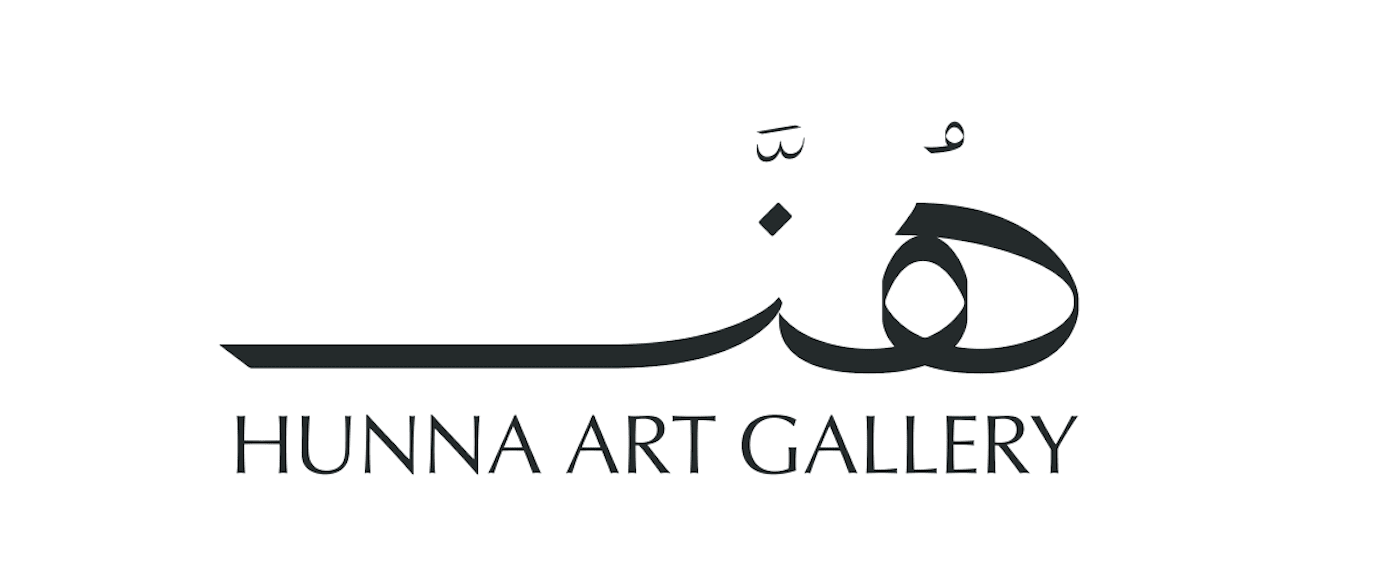Welcome to a special episode of the Gallery Girl podcast in partnership with Hunna, a contemporary art gallery representing women artists from the Arabian Peninsula.
In this episode, Gallery Girl meets Razan Al Sarraf, a multi-disciplinary artist based between Kuwait and New York. Her work covers the social, cultural and spiritual climate of the Arab world.
Razan explains that she enjoyed art from a young age and was always encouraged by her parents. “As soon as college came I knew that art’s sort of my thing”, she says, “I was just ready to go.” Having grown up in Kuwait, Razan did her BFA in New York and is hoping to return in August to finish the MFA that she was forced to start online because of the Covid-19 pandemic. Speaking of living between the two places, she explains that it’s an intense switch, that she tries to play out in her artwork.

One of her largest bodies of works is called the 100 Portraits Series, which she began in 2016 after being asked by her professor to paint ten monsters. “It was at the height of when ISIS was a big part of global media”, she explains, “So I wanted to paint ten terrorists from ISIS.” She took the photos from video propaganda, selfies and news stories and painted in oil paint. Once she had ten, she decided to expand. “When you think of the history of painting and portraiture in general, especially in Western art, portraiture has always been about painting the wealthy, the rich and the popular or to paint those you love. And there’s this other part of portraiture within my culture where we don’t have pictures of people in the house or try to paint humans because it’s seen as tampering with the hand of God. So it’s really interesting to have that piece work in both dialogues and having the subject matter being something that people aren’t expecting to see.” And, speaking of the reception to the series, she explains that in the States there was a lot of awe, shock and interest, opening a lot of questions about the psychology of terrorism. Although she says that in Kuwait people were more confused.
Razan explains that the 100 Portraits Series impacted her subsequent work a lot. “I felt the power of art was a little different after the project”, she explains, “I didn’t realise you could have massive conversations around human nature and psychology and politics through a visual medium.” She adds that these subjects are the things she thinks about daily, so she may as well address them through art.
Following her return to Kuwait, Razan began painting people from memory in order to reorient herself in a new space. With the beginning of her semester online at CalArts she switched from painting to video, which she says is similar to some extent. “I realise there are a lot of elements that are similar”, she says, “There’s a lot of composition and lighting and set-up; understanding tones and balance and all that stuff..but then you add the narrative part that you don’t get in painting.” Her first video focuses on rituals that Shi’a women perform in preparation for marriage which she is adapting for a different narrative, incorporating a dual screen discussion and elements of nature.
Recently, Razan has also had a residency at Sadu House, a Kuwaiti institution revolving around textiles. The residency focused on workshops and lectures about weaving and stitching, learning about the history of Sadu. in response to these sessions, Razan responded to the stories the women make through the symbols they weave. “I wanted to take those symbols and create new symbols for more contemporary language. So I have a spaceship or cells”, she says, “I have these stories that I did on canvas and the paint is all made from recipes used to make the natural dyes used for weaving.”
Right now, Razan is looking forward to working on a new video this Summer with aims of incorporating a more sci-fi approach to her work, entering the world of Arab Futurism. She’s also hoping to get back to the States soon and travel more. And, in the immediate future, Razan has four shows happening all at once at September Gallery in New York, the Sadu House exhibition, a show at the online Feeler Gauge Festival and an online virtual exhibition with the CalArts Expo too.
This article was originally published on Gallery Girl website.
It is reproduced with the authorization of its author, Lizzy Vartanian Collier aka Gallery Girl, in the framework of the Gallery Girl x Hunna partnership.





